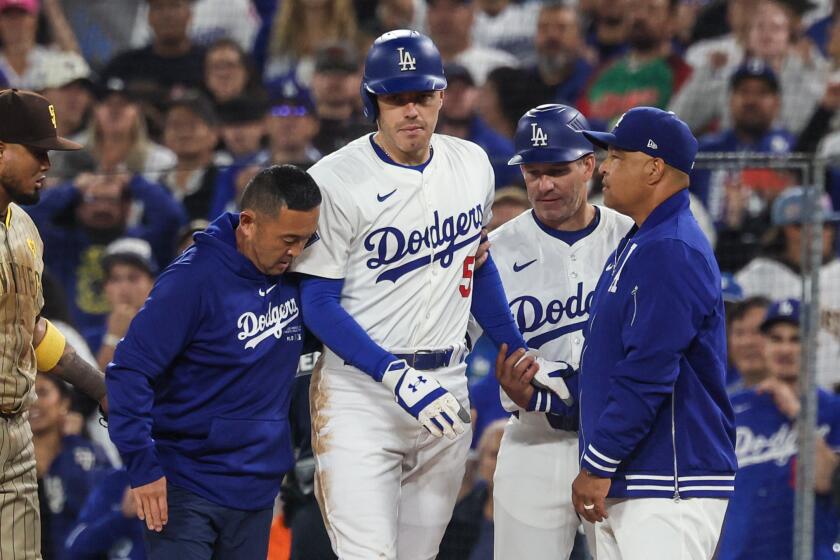You might have heard, but Shohei Ohtani had quite the season.
And for as dominant as he was overall (.309 batting average, 54 home runs, 130 RBIs and 59 steals), his last two weeks were particularly jaw-dropping.
Starting on Sept. 19, when he reached the unprecedented 50-homer, 50-steal milestone, Ohtani hit .628 over his last 10 games (27 for 43), with six home runs, six doubles, 20 RBIs, and as many strikeouts as walks (four each).
It might not be as simple as saying the Dodgers will go as far as Ohtani carries them in the playoffs, his first in as an MLB player. But that dynamic might not be far from the truth, either. If Ohtani stays hot, it could provide the kind of offensive spark the team will probably need.
Maintaining plate discipline might be the biggest factor in Ohtani’s performance in October.
Although he has never been afraid of expanding his hitting zone, his 26.7% chase rate this year was his lowest since 2020, almost two points under the MLB average. And after reaching the 50-50 threshold — at which point manager Dave Roberts said he noticed the slugger seemed to stop chasing home runs — he swung at pitches out of the zone just 18% of the time, one of the keys to his red-hot finish.

















